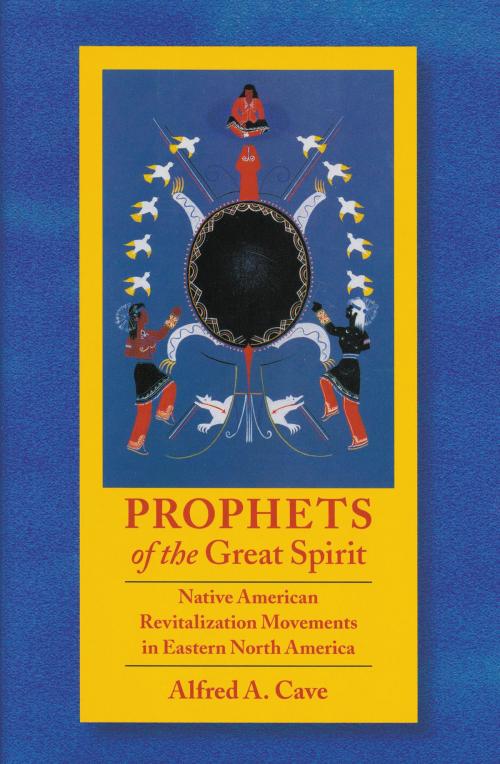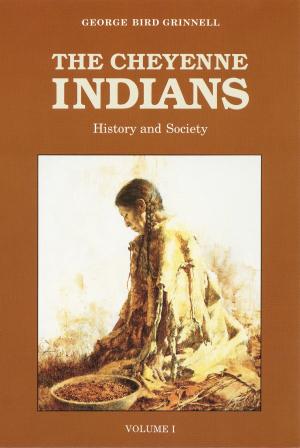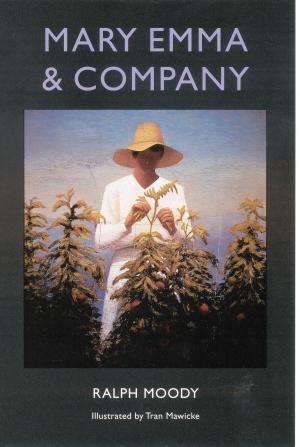Prophets of the Great Spirit
Native American Revitalization Movements in Eastern North America
Nonfiction, Religion & Spirituality, Other Practices, Ethnic & Tribal| Author: | Alfred Cave | ISBN: | 9780803280717 |
| Publisher: | UNP - Nebraska | Publication: | August 1, 2014 |
| Imprint: | University of Nebraska Press | Language: | English |
| Author: | Alfred Cave |
| ISBN: | 9780803280717 |
| Publisher: | UNP - Nebraska |
| Publication: | August 1, 2014 |
| Imprint: | University of Nebraska Press |
| Language: | English |
Prophets of the Great Spirit offers an in-depth look at the work of a diverse group of Native American visionaries who forged new, syncretic religious movements that provided their peoples with the ideological means to resist white domination. By blending ideas borrowed from Christianity with traditional beliefs, they transformed “high” gods or a distant and aloof creator into a powerful, activist deity that came to be called the Great Spirit. These revitalization leaders sought to regain the favor of the Great Spirit through reforms within their societies and the inauguration of new ritual practices.
Among the prophets included in this study are the Delaware Neolin, the Shawnee Tenkswatawa, the Creek “Red Stick” prophets, the Seneca Handsome Lake, and the Kickapoo Kenekuk. Covering more than a century, from the early 1700s through the Kickapoo Indian removal of the Jacksonian Era, the prophets of the Great Spirit sometimes preached armed resistance but more often used nonviolent strategies to resist white cultural domination. Some prophets rejected virtually all aspects of Euro-American culture. Others sought to assure the survival of their culture through selective adaptation.
Alfred A. Cave explains the conditions giving rise to the millenarian movements in detail and skillfully illuminates the key histories, personalities, and legacies of the movement. Weaving an array of sources into a compelling narrative, he captures the diversity of these prophets and their commitment to the common goal of Native American survival.
Prophets of the Great Spirit offers an in-depth look at the work of a diverse group of Native American visionaries who forged new, syncretic religious movements that provided their peoples with the ideological means to resist white domination. By blending ideas borrowed from Christianity with traditional beliefs, they transformed “high” gods or a distant and aloof creator into a powerful, activist deity that came to be called the Great Spirit. These revitalization leaders sought to regain the favor of the Great Spirit through reforms within their societies and the inauguration of new ritual practices.
Among the prophets included in this study are the Delaware Neolin, the Shawnee Tenkswatawa, the Creek “Red Stick” prophets, the Seneca Handsome Lake, and the Kickapoo Kenekuk. Covering more than a century, from the early 1700s through the Kickapoo Indian removal of the Jacksonian Era, the prophets of the Great Spirit sometimes preached armed resistance but more often used nonviolent strategies to resist white cultural domination. Some prophets rejected virtually all aspects of Euro-American culture. Others sought to assure the survival of their culture through selective adaptation.
Alfred A. Cave explains the conditions giving rise to the millenarian movements in detail and skillfully illuminates the key histories, personalities, and legacies of the movement. Weaving an array of sources into a compelling narrative, he captures the diversity of these prophets and their commitment to the common goal of Native American survival.















